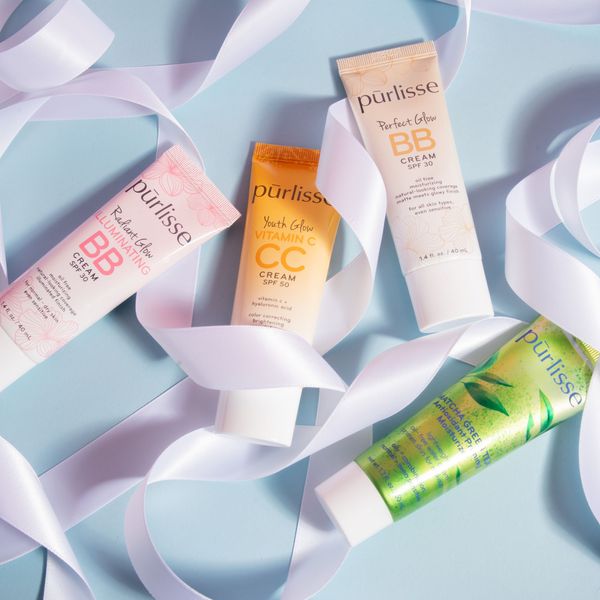SMS and Email Marketing: Complementary or Competitors?
Consumers were already on their way to mobile-first interactions with brands, but in a matter of weeks, the pandemic tipped the consumer world into a fully digital one. With customers shopping and engaging on their mobile devices more than ever, we've unsurprisingly seen an uptick in adopting SMS marketing across direct-to-consumer brands.
With the recent rise of SMS marketing, you might have looked into texting for your own business and noticed similarities between SMS and email. Both deliver communications in a matter of seconds, both are trackable, and both are universally accessible as nearly everyone has an email address and phone of some sort. So, why adopt SMS if emails can accomplish all of those things?
Each medium offers unique benefits, and SMS and email marketing should have a place in your omnichannel marketing mix. When email and SMS work in tandem, you'll create a memorable and rewarding customer experience. Deciding which channel to use ultimately boils down to content, criticality, conversation, and choice.
Content
A main determining factor in deciding which channel to use is, of course, the content you want to deliver to your customer.
- What action should recipients take after they receive your communications?
- Will your message have more than one call-to-action?
- Do you want to include rich media, such as images, videos, and graphics, in your message?
Both channels offer the ability to deliver rich content with your message. Still, email gives you the flexibility to have longer-form content or have multiple call-to-actions in one message. For instance, you may want to send a personalized note from your leadership team and include images that align with your branding. Or, you want to send a newsletter highlighting the latest products and services, and you plan to include website links to each item. Emails have no character limits and can support many file types.
Meanwhile, SMS might be a better way to go for a bite-sized message or a single, focused call-to-action message. Typically, you're limited to 160 characters in a standard SMS, so you'll want to make your message to-the-point and relevant for the recipient.
Criticality
Your content goes hand-in-hand with the urgency of your message.
- Is the content of your message time-sensitive, or can it be read at a later time?
- How quickly do you want your customer to respond to your note?
One of the greatest advantages of SMS is speed, and given the character limits, SMS may be more effective for communicating messages that are concise and critical. Text messages are hardly ignored––the channel delivers instantaneously, boasts over 98% deliverability rate, and it takes 90 seconds for someone to respond to a text. Emails, on the other hand, tend to have lower open rates, between 15-20% open rate. If you want to improve the chance that your customer immediately sees your message, SMS is your best bet.
Conversation
Your email and text message marketing programs are all for the goal of engaging your audience, and what better way to engage your customers than through conversation? More and more, consumers crave personalized experiences with your brand, and facilitating a one-on-one dialogue to support your customer is one of the best ways to offer them individualized attention.
If two-way marketing is in your marketing strategy, both email and SMS can help start that conversation. However, conversations are more natural when executed in real-time. Here is where SMS can shine above emails. Texting is instant and accessible, and when you can quickly respond to customers, you foster better relationships as you support them in the specific moment of need. Then, once your conversation is done, and engage customers through email until you're ready to re-engage them through SMS again.
Choice
Your customers will ultimately steer you in the right direction. Nowadays, delivering a high-quality customer experience often includes providing your customers with options, and their communication preferences are no exception.
From the get-go, it's mandatory to get permission to send text messages to your customers. Similarly, email marketing is becoming more protected, and with increased attention around privacy laws, you're likely already collecting permission for your email marketing program. Consumers proactively opt-in, and when provided the option between text messages and emails, they'll let you know how they want to receive information! For gen-Z-ers and millennials who grew up with mobile phones, they may prefer to receive text notifications. While other customers who prefer to consume updates through desktop and are best reached over email.




